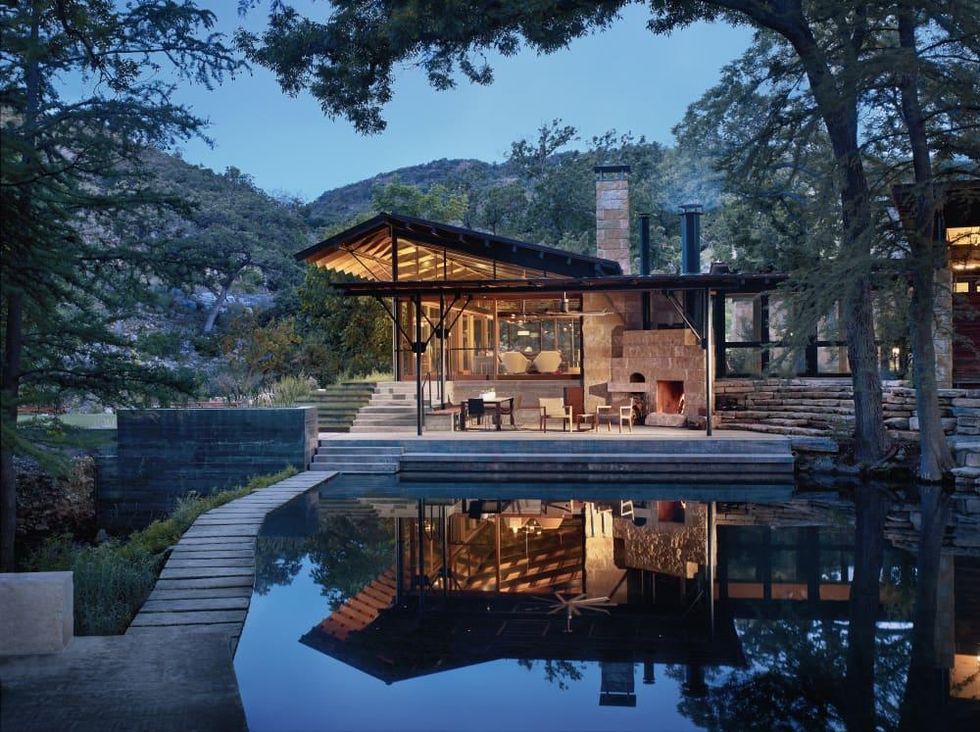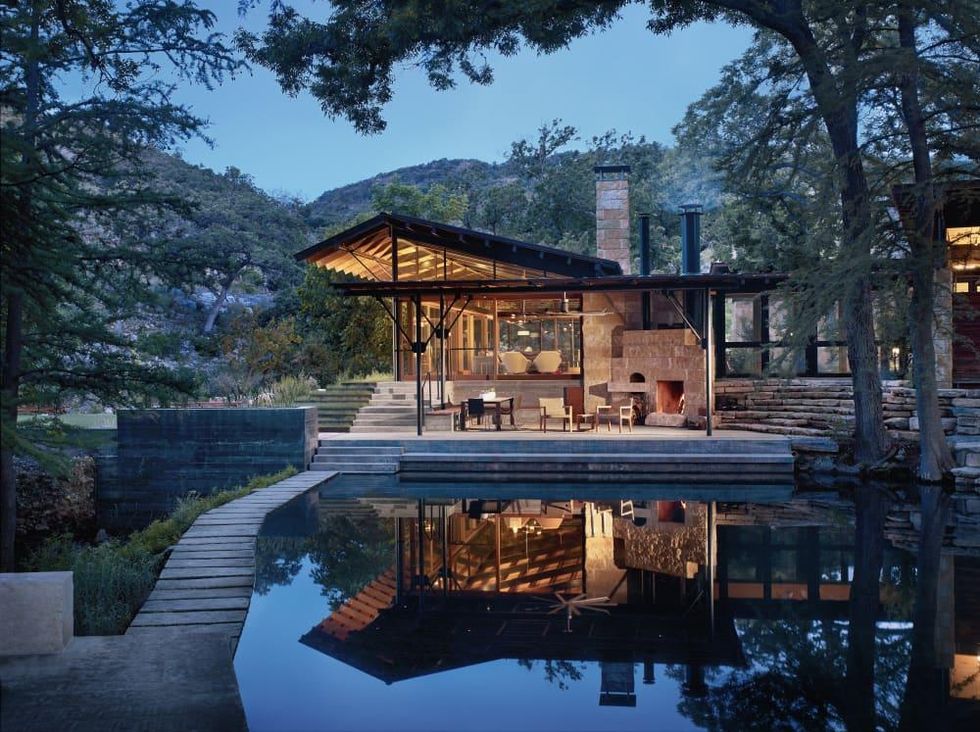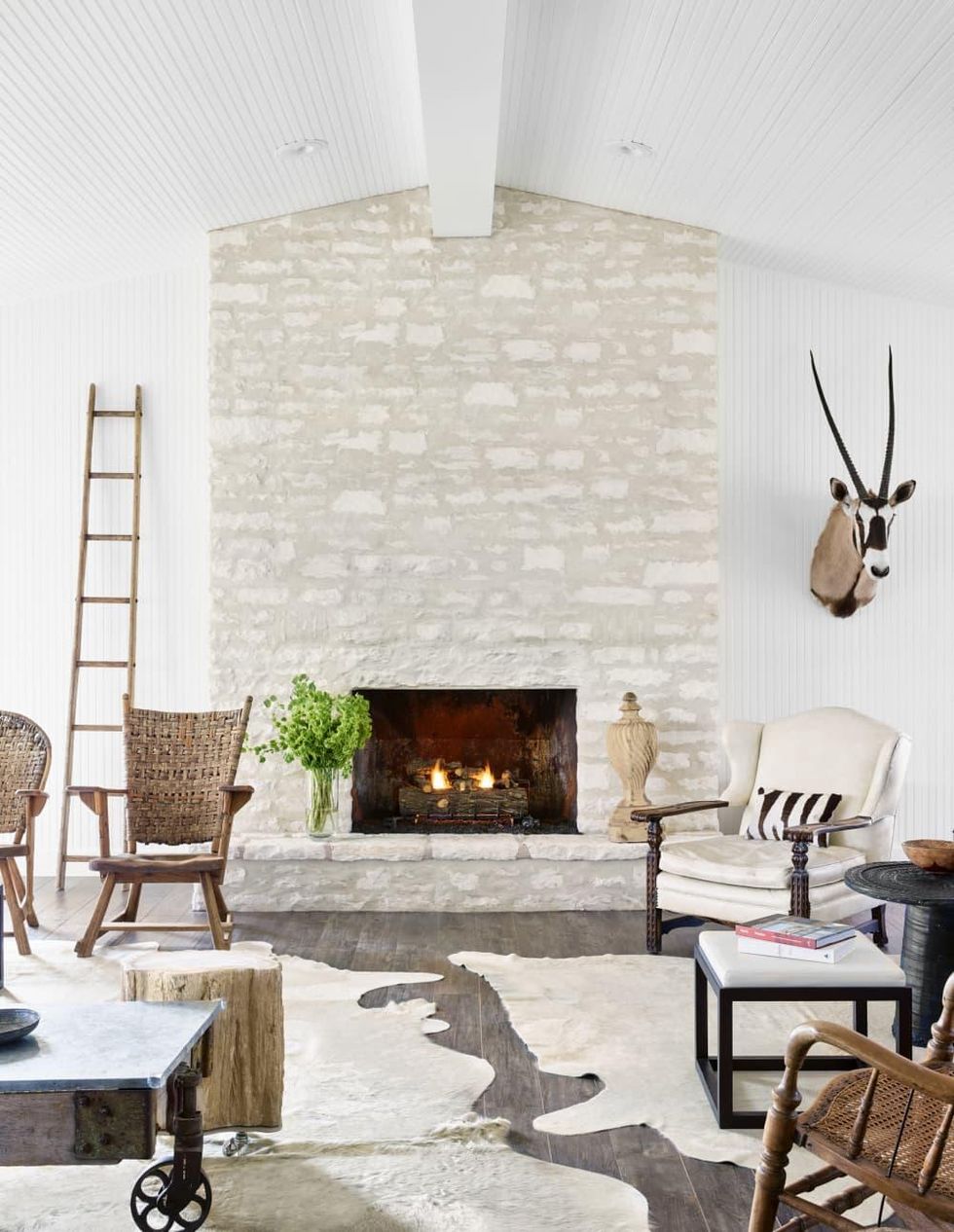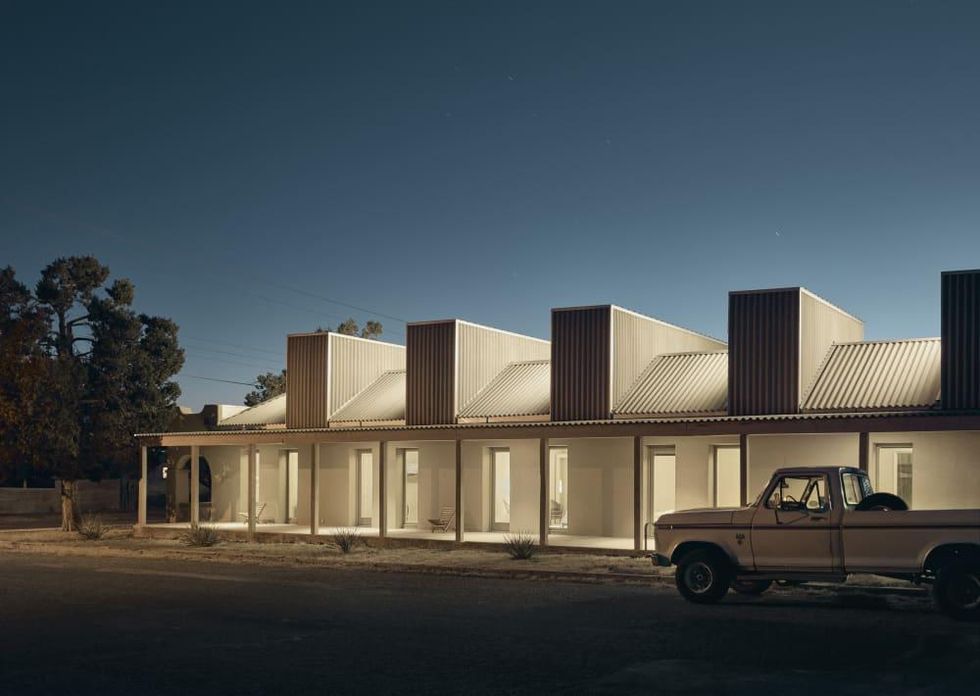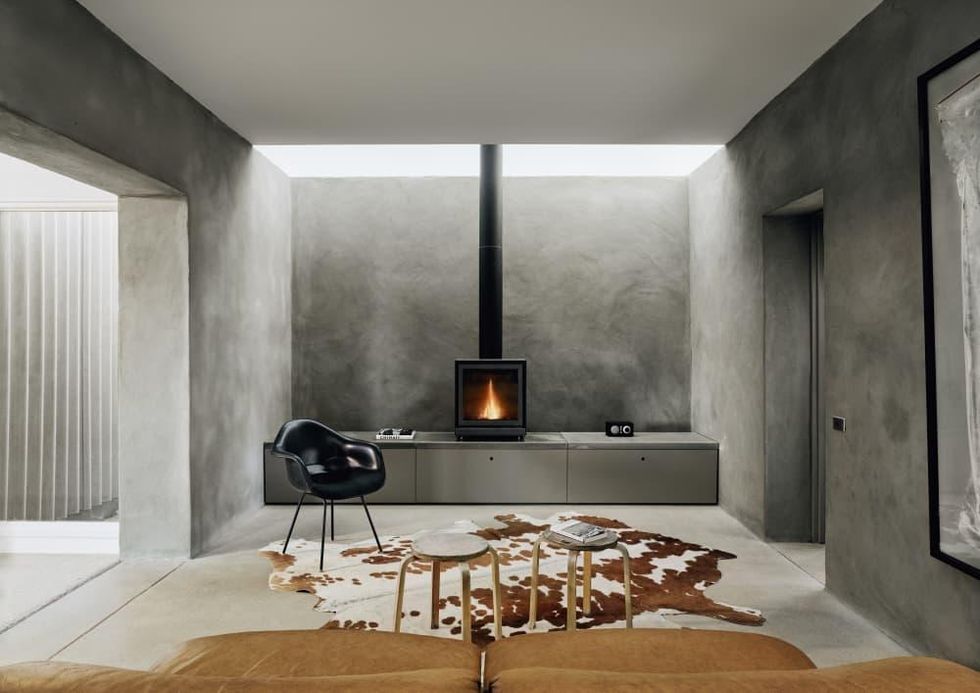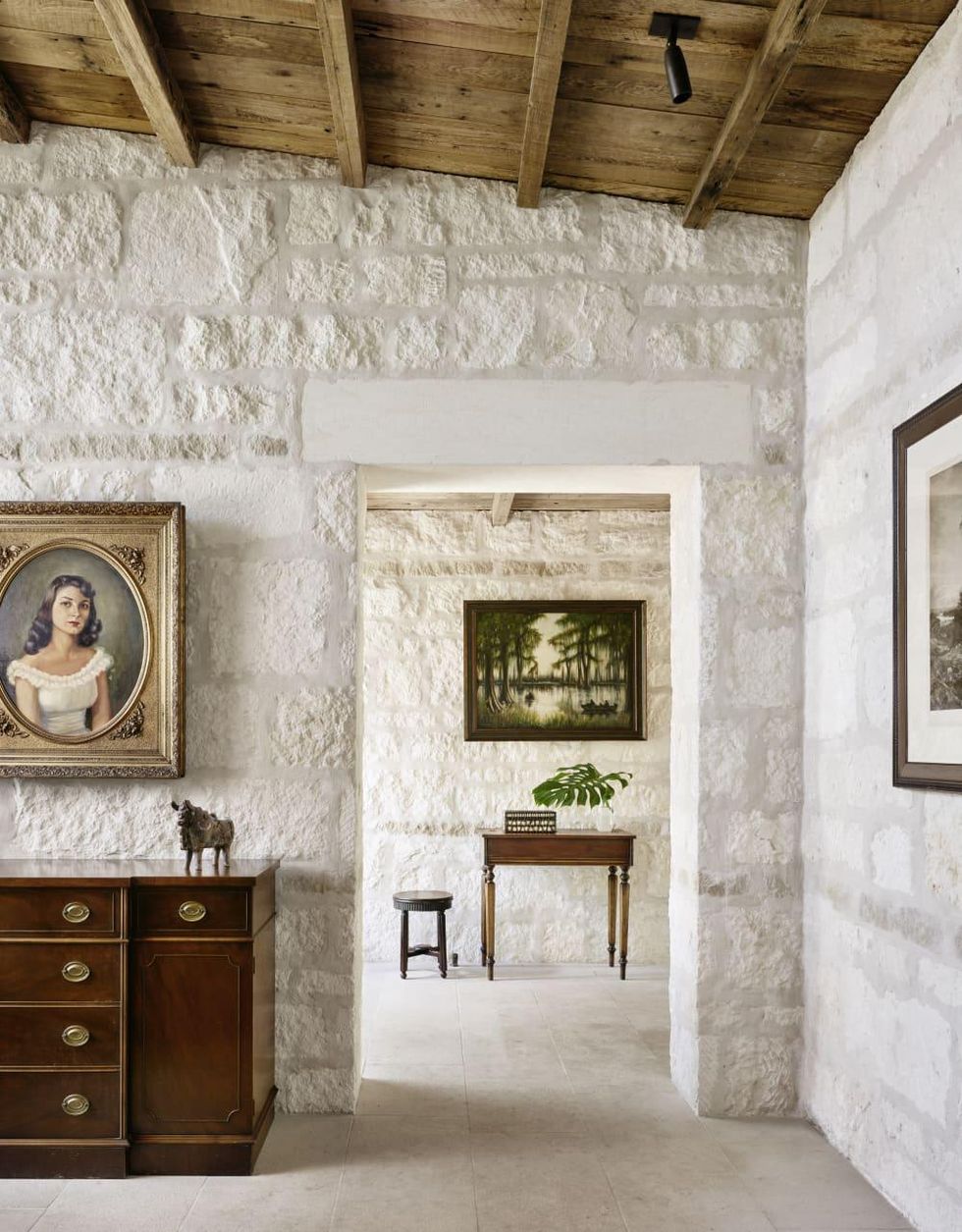Robot Residences
This Austin startup is building 3-D homes with the push of a printer button
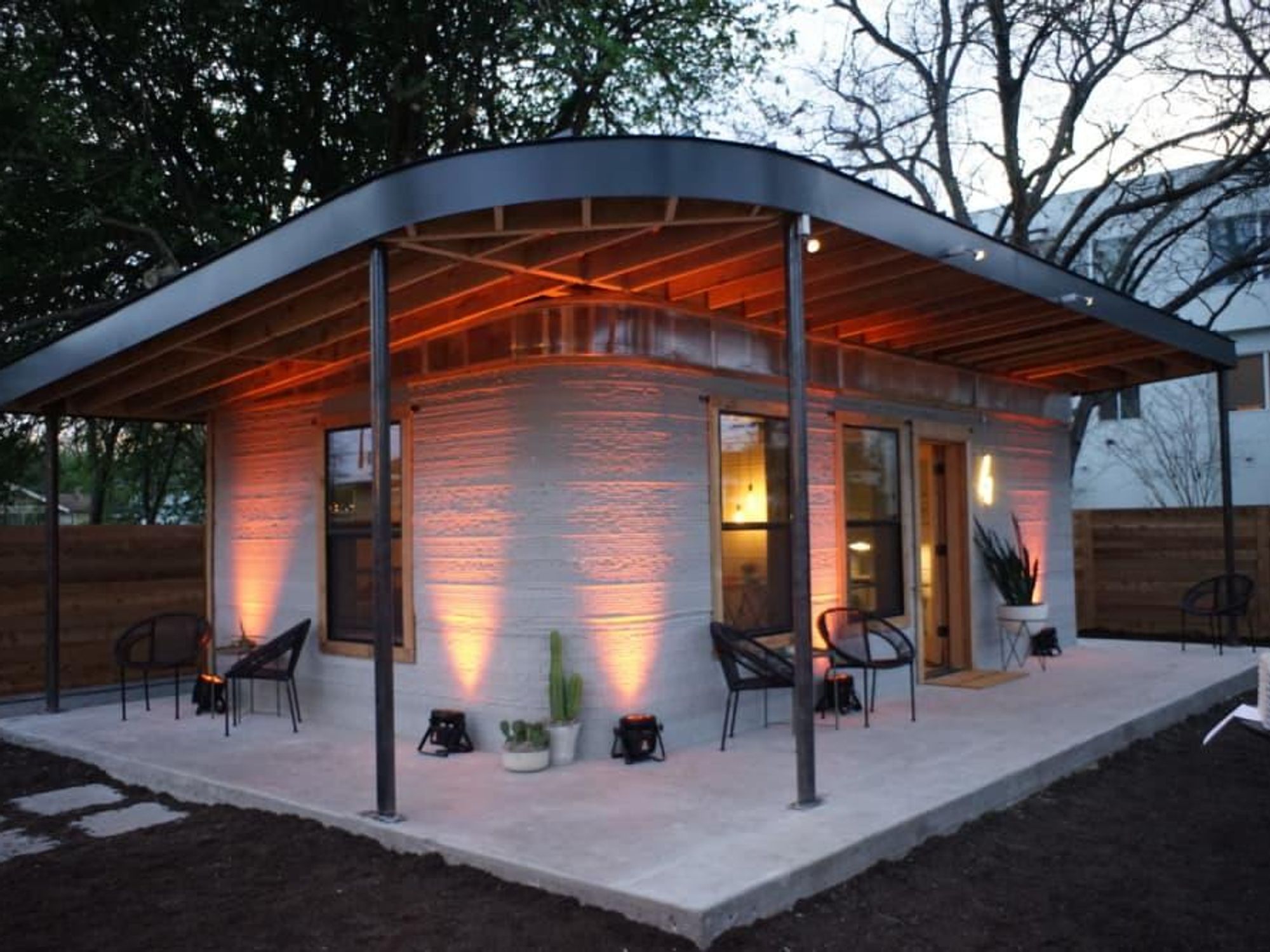
In the not-too-distant future, Austinites will be able to print — yes, print — a concrete home that costs far less than a traditional home made of bricks, mortar, and wood.
The country’s largest homebuilder and a venture capital firm founded by the late Microsoft billionaire Paul Allen are just two of the investors putting their money behind an Austin-based producer of 3-D printed homes — homes that could rival or even surpass the buzz generated by tiny homes.
The Austin startup, ICON LLC, just raked in $9 million in so-called seed funding from a host of investors, including Fort Worth-based homebuilding giant D.R. Horton; Vulcan Capital, a Seattle investment firm launched by Allen, who died October 15; Austin startup accelerator Capital Factory; Austin real estate developer Cielo Property Group; and San Francisco venture capital firm Oakhouse Partners, which is the lead investor.
“It’s our mission at ICON to reimagine the approach to homebuilding and construction and make affordable, dignified housing available to everyone throughout the world,” says Jason Ballard, co-founder and CEO of ICON. “We’re in the middle of a global housing crisis, and making old approaches a little better is not solving the problem.”
So, when will ICON’s approach result in 3-D printed homes popping up around Austin? At this point, ICON executives aren’t sure. However, Ballard tells CultureMap, “serious conversations” are underway about bringing these homes to Austin and other places around the world.
In March, ICON reaped tons of positive press when it unveiled a 350-square-foot 3-D home at SXSW. At the time, ICON executives said the home — constructed of concrete and printed in less than 48 hours by 3-D robots — cost less than $10,000. By contrast, the median price in September 2018 of a single-family home in the Austin metro area was $302,250.
The SXSW abode was the first home of its kind to receive a construction permit in the U.S.
ICON’s first batch of homes is planned for a project in impoverished El Salvador that’s being developed in conjunction with New Story, a San Francisco nonprofit that seeks to eradicate homelessness. The first homes there are scheduled to be printed next year.
ICON is targeting a per-home cost of $4,000 in El Salvador. Relying on technology upgrades, ICON hopes to create each 3-D home in less than 24 hours.
“While prices to print homes will vary from country to country and state to state,” Ballard says, “the big takeaway is that downloading and printing a home has the potential to cost half of standard construction costs.”
Homes at the development in El Salvador will measure 600 to 800 square feet — around the size of a typical one-bedroom apartment here in Austin. Eventually, ICON aims to print homes in the 1,500- to 2,000-square-foot range.
Among the advantages of 3-D printed homes cited by ICON are:
- Speedy construction
- No manual labor
- Little generation of leftover construction materials
- “Tremendous” design freedom
The environmental impact is also an incentive in a environmentally conscious city like Austin. “Conventional construction is slow, fragmented, wasteful, and has poor thermal properties that increase energy use, increase operating costs, and decrease comfort,” Ballard says. “Also, conventional materials like drywall and particleboard are some of the least resilient materials ever invented.”
